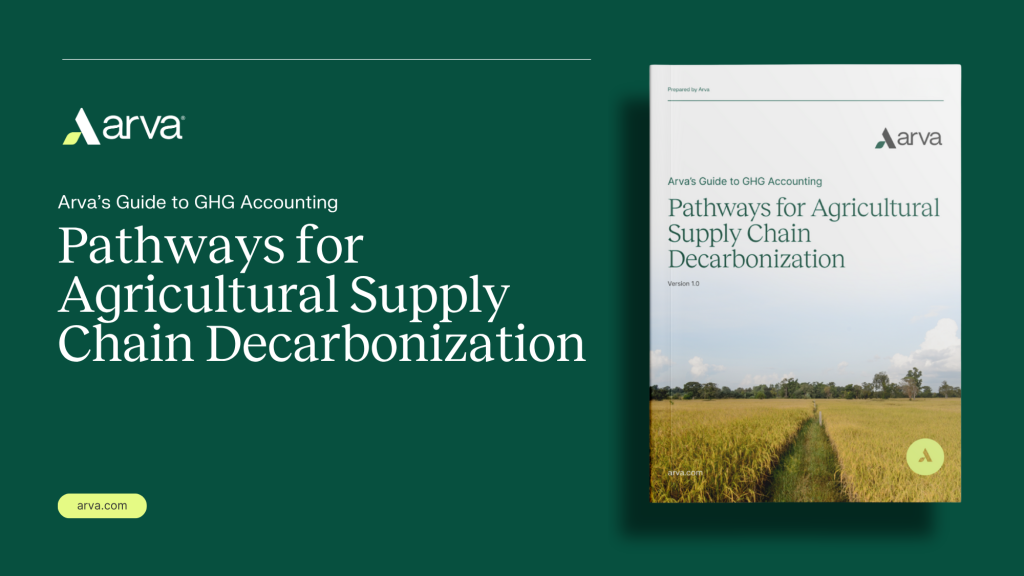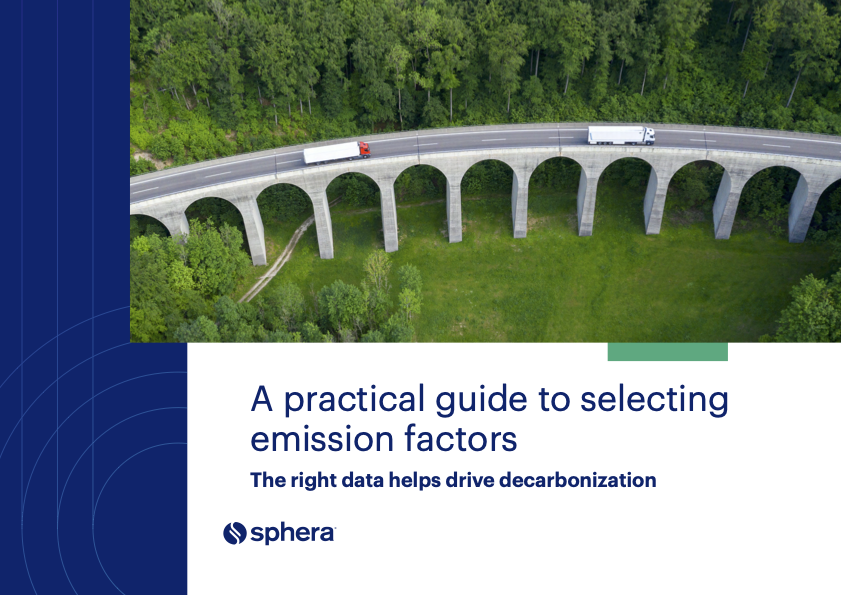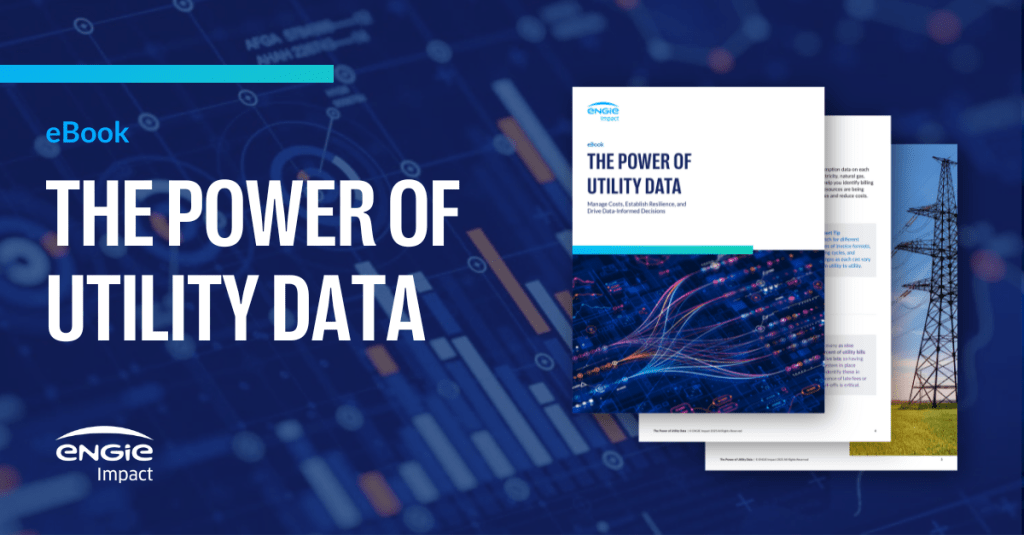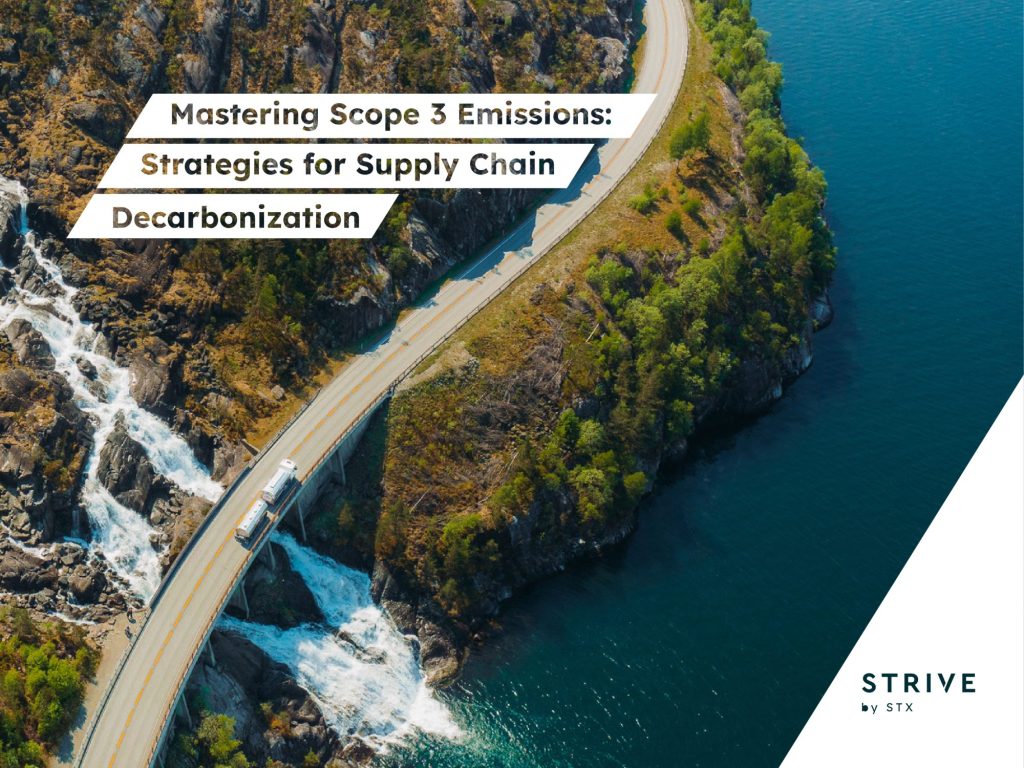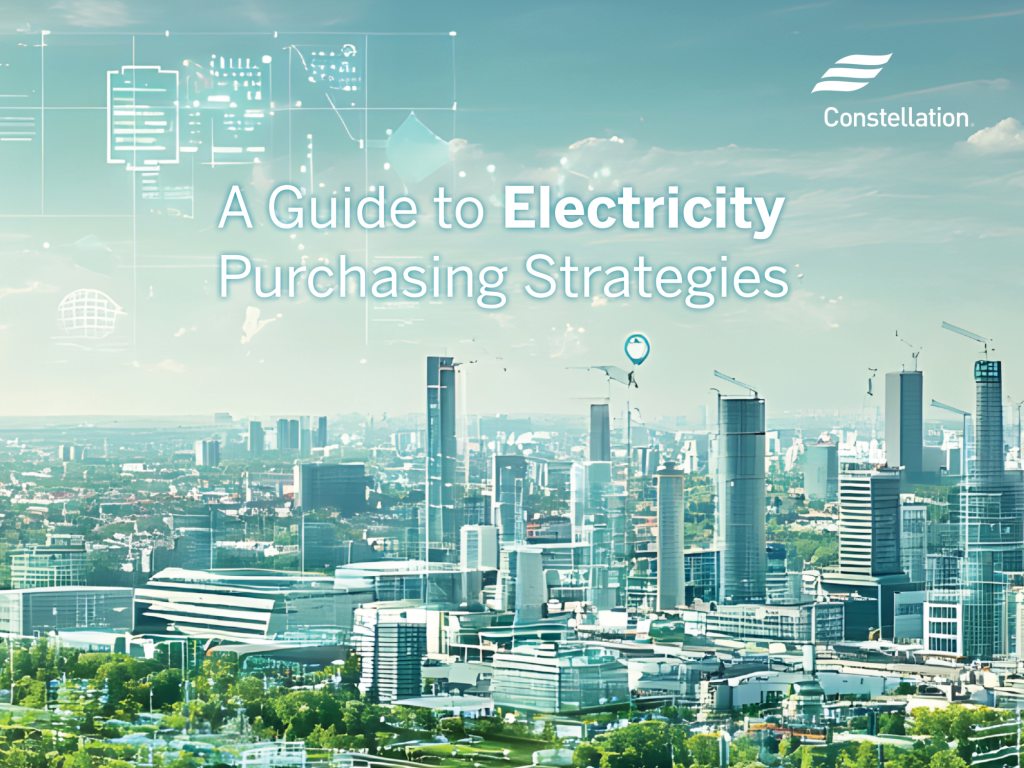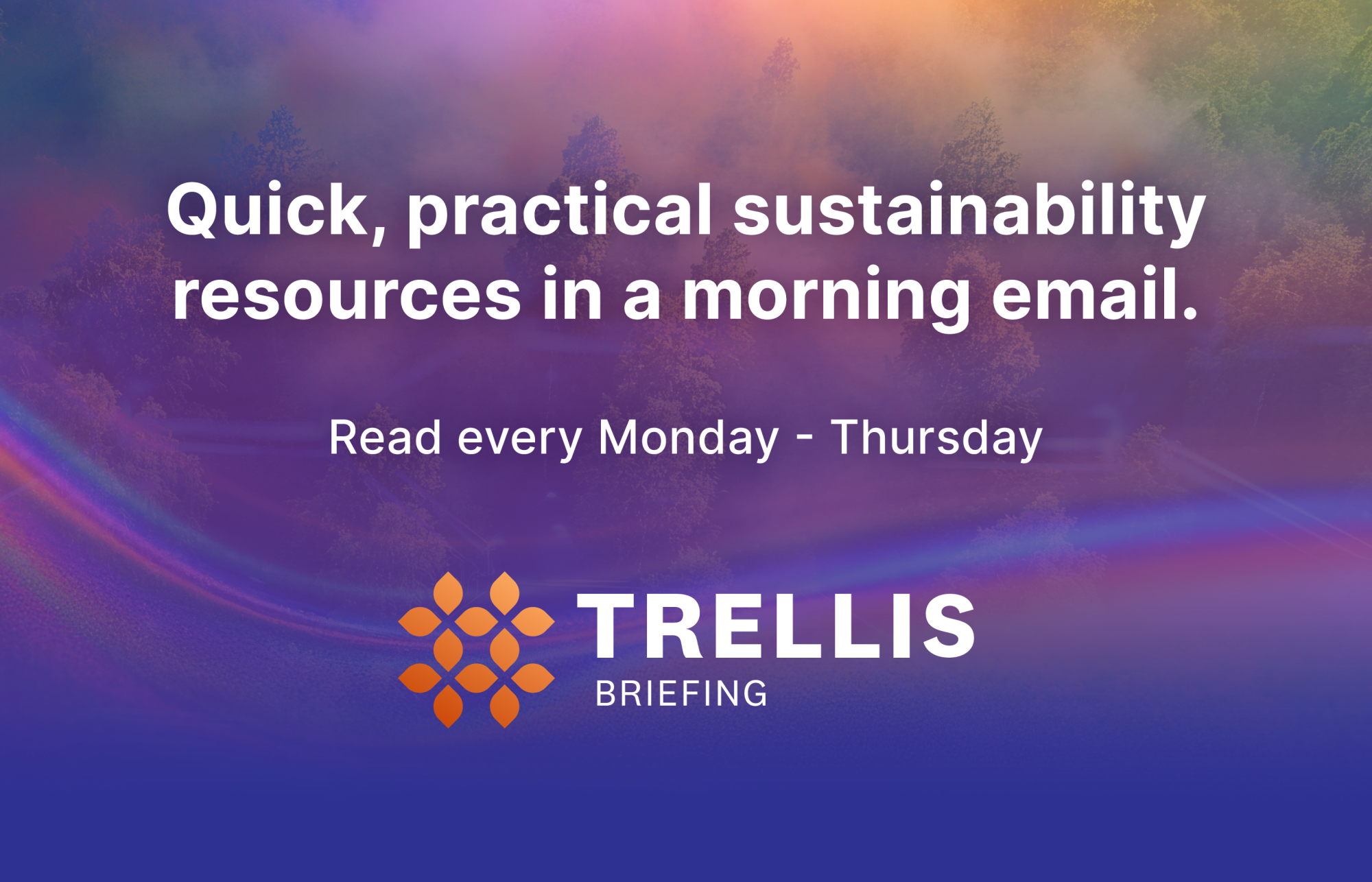Fashion report slams 90 brands on energy — and tells them what to do about it
The industry embrace need to embrace clean heat and accountabilty, according to Fashion Revolution's latest report. Read More

- Household names like Aeropostale, Forever 21 and Urban Outfitters scored zero on disclosure of their decarbonization progress.
- For cutting supply chain emissions, 76 brands scored zero, while leaders like H&M, Oniverse, OVS and Puma showed limited but notable efforts.
- Only 6 percent of brands disclosed capital support for electrification, suggesting that suppliers are being left stranded.
In one crucial way, the fashion industry is stuck in the era of Charles Dickens. Most brands still depend on dirty energy. Worse, the big players lack accountability when it comes to pursuing fossil-free supply chains. That’s according to the latest “What Fuels Fashion” report, from the London watchdog group Fashion Revolution.
Even among the brands and retailers that do disclose their reliance on polluting fuel in their supply chains, few are making adequate progress. The report called out a long list of laggards — plus a handful of leaders in key areas. Household names were in both groups in the examination of 200 brands with at least $1 billion in annual turnover.
“Fashion brands love to promote innovative new products, but the Victorian-era reality of burning coal and wood to manufacture these products is quietly swept under the rug,” said Ruth MacGilp, fashion campaign manager for another London advocacy group, Action Speaks Louder.
Leaders and laggards
On average, brands disclosed only 14 percent of the indicators that the report tracked from sources available in early 2024.
The best actor, with a 71 percent score, was H&M Group. Its numerous efforts to advance low-carbon practices in supply chains include investing in “brick battery” player Rondo Energy.
Following the Stockholm fast fashion giant was Italian company Oniverse, whose Calzedonia legwear, Intimissimi lingerie and Tezenis swimwear brands reached 63 percent. Scores between 46 percent to 51 percent: Puma, OVS of Italy, Gucci and Gildan. Lululemon (39 percent) and Asics (38 percent) came next.
Some 90 brands clustered at the bottom of the report’s rankings. Among the 39 well-known names with a 0 percent rating were Aeropostale, Anthropologie, Eddie Bauer, Forever 21, LL Bean and Urban Outfitters.
‘Clean heat for cool work’
“The path to decarbonization will be won or lost by how fashion tackles heat,” said Fashion Revolution Head of Policy and Research Liv Simpliciano, in the report, which described low barriers to electrification, such as adopting heat pumps and electric boilers in dyeing, printing and other processes typically fueled by burning coal, gas or biomass.
“The textiles industry can lead by example,” stated Oxford University Professor of Energy and Climate Policy Jan Rosenow. “Because process heat rarely exceeds 250 degrees Celsius, it has the potential to move entirely away from fossil fuels.”
In 120 pages, the document weighted companies’ activities in terms of accountability, decarbonization, energy procurement, financing and a just transition or advocacy. However, because so few companies disclosed details on key measures, the report speaks to transparency more than sustainability efforts.

Decarbonization
Fashion Revolution prioritized decarbonization as 41 percent of a company’s overall score. For the first time, the report measured progress against companies’ base years for climate goals. It considered time-bound targets, energy consumption and greenhouse gas footprints.
Unsurprisingly, the leaders in this category were roughly the same as in the overall rankings.
Notably, 76 brands scored zero, including Forever 21, Fashion Nova, Reebok and Urban Outfitters, and fewer than a third reported actual emissions reductions against their targets. Better performers such as Puma, American Eagle, Hanes and OVS disclosed emissions by country and showed stronger decarbonization pathways.
Fashion Revolution slammed brands for failing to help suppliers electrify. Only 6 percent shared how they are providing capital to help supply chain players adopt lower carbon equipment. Only 2 percent said they help with renewable energy bills. H&M and American Eagle provided limited transparency on financing, but most remained tight-lipped.
Accountability
OVS, Oniverse and H&M led on accountability indicators overall. Many companies clumped at the bottom with 0 percent transparency scores, ranging from Aeropostale to Kohl’s to Walmart.
Only 7 percent of brands revealed their price on carbon. That’s far lower than in other sectors.
Energy procurement
Only 15 percent of brands detailed suppliers’ energy emissions sources. Instead, the majority masked their fossil fuel dependence, in some cases by leaning on renewable energy credits (RECs) rather than directly switching to low-carbon energy at their facilities, the report found.
Only 7 percent of brands revealed if they’re electrifying any heat-related processes, and a meager 6 percent shared any overall renewable energy targets.
Companies with the highest score, at 62 percent: Asics, New Balance, Ralph Lauren, Decathlon, H&M, Vans, The North Face, Timberland and Gucci.
Workplace equity
Factory workers are often stressed by hot conditions in hot climates. Yet no brands disclosed details on heat and humidity that would ensure humane working conditions in a planet-warming future. H&M had the highest score, of 51 percent, followed by Gucci at 43 percent.
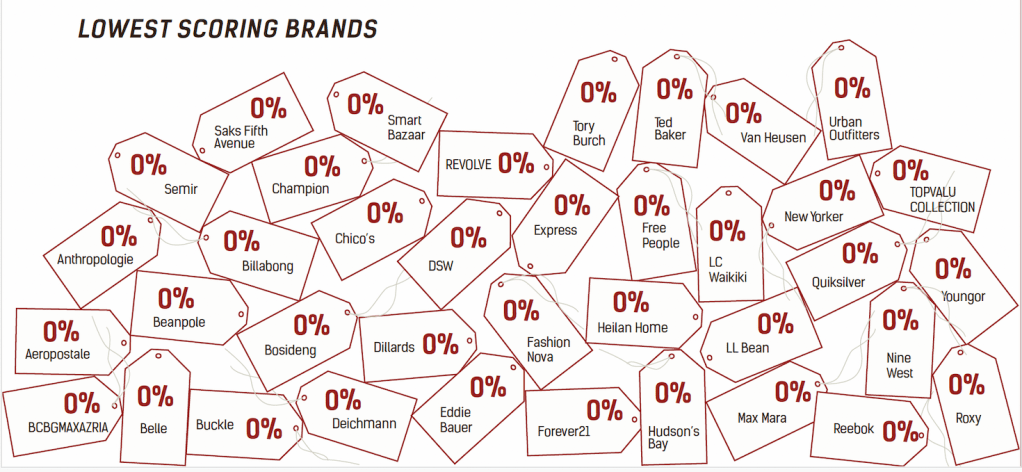
7 things brands should do
“What Fuels Fashion” included the following advice for large brands and retailers:
Go big on wind, solar, heat pumps and electric boilers: These and other non-fossil energy technologies can cut emissions now and make it easier for better practices to spread across the industry.
Direct money to where change must happen: Directly fund suppliers and renewable-energy projects, or ink power purchase agreements (PPAs). Brands should advance systemic reforms not only to reduce factory emissions, but to clean up national grids in developing regions, too.
Watch heat and humidity in suppliers’ climates: Wet bulb global temperatures tend to be high where factories are clustered. Companies must watch how conditions change, then adapt.
Give suppliers stable, long-term contracts: Purchasing practices that suppliers can count on won’t leave them holding the bag, and helps them invest in preferable practices.
Pay fair, living wages: This “most effective adaptation strategy” empowers communities around manufacturing plants to plan ahead and brace for future climate shocks.
Center worker rights: Collective bargaining agreements and other ways to support workers can include people in the low-carbon energy transition.
Do more than you’re forced to do: Compliance should be a floor, not a ceiling. Business practices must meet international standards for advancing climate progress and human rights. Risk-based due diligence needs to revolve around workers.

Subscribe to Trellis Briefing
Featured Reports

The Premier Event for Sustainable Business Leaders




